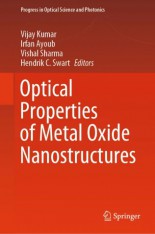abstract
The energy demands of the mankind are exponentially rising and the worldwide research is focused on the clean and sustainable energy sources during the last years. As one of the possible ways to enable the transformation from a fossil fuel based to a low-carbon socio-economical epoch is the harvesting of unused heat in automotive exhaustion, industrial processes and home heating, etc. Thermoelectric (TE) generators can convert the heat to electrical energy thanks to Seebeck effect when electricity appears between cold and hot ends of usually semiconductor materials. To be interesting for potential commercial use in TE generators the materials need to be of high figure of merit (ZT), possessing high electrical conductivity and Seebeck coefficient together with low thermal conductivity. In addition to high-ZT chalcogenide- and skutterudite-type heavy-metal-based alloys, including rare-earth and expensive elements, metal oxide TE materials have advantages of low cost, environment friendly manufacturing and chemical stability at high temperatures. However, since they exhibit rather low electrical and high thermal conductivity compared to traditional TE materials, numerous studies have been done to optimise the TE oxide response by doping, nanostructuring, etc. Here, reports on most studied p- and n-type semiconductor metal oxides as well as the newest research on the enhancement of their TE performance by different methods are reviewed. © 2023, The Author(s), under exclusive license to Springer Nature Singapore Pte Ltd.
authors
Okhay O.; Tkach A.



